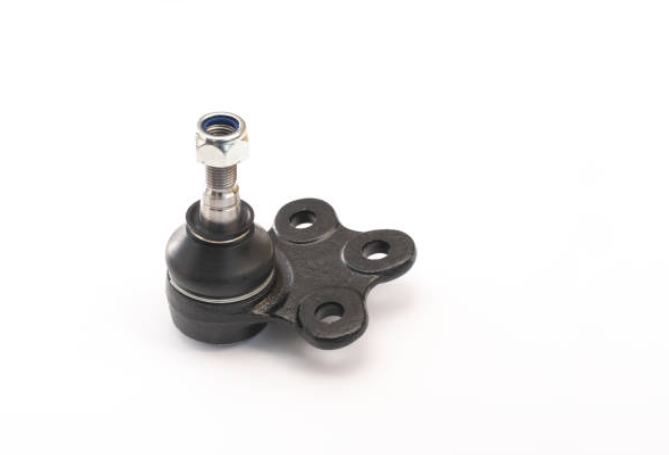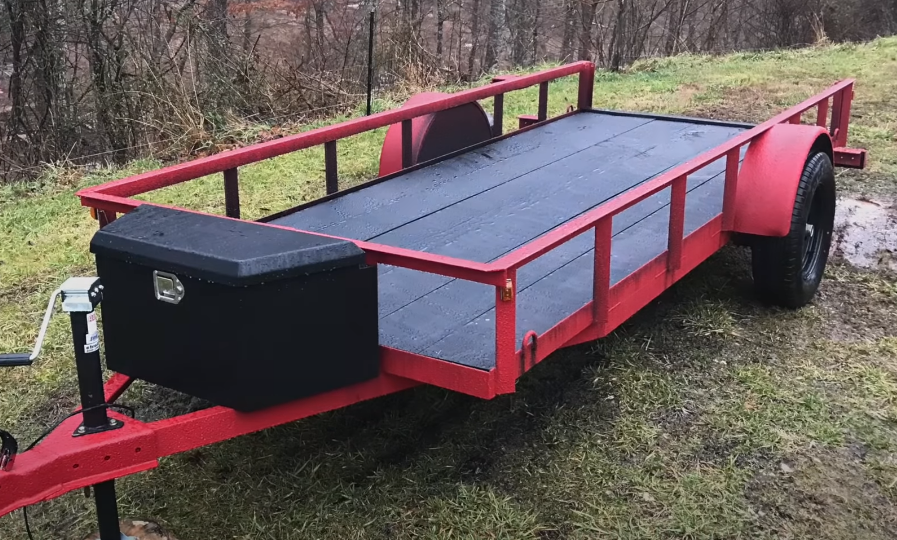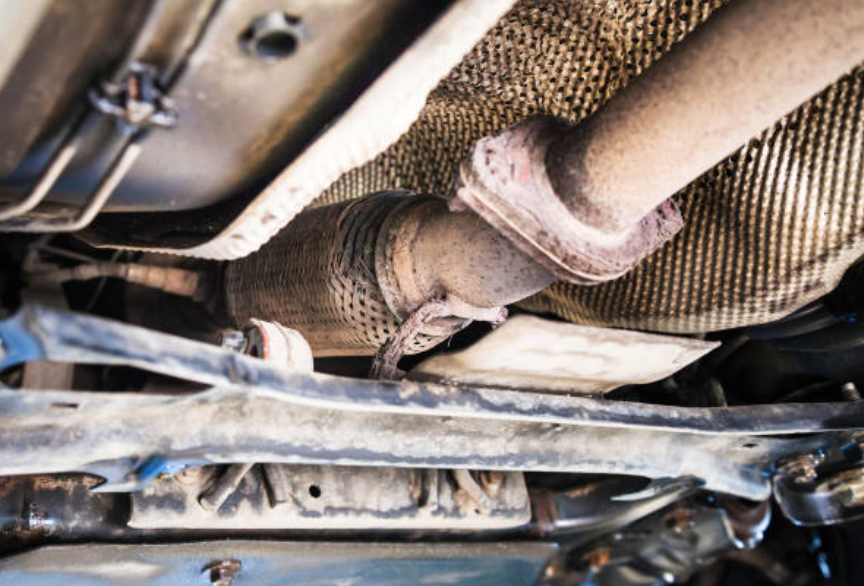What is a Ball Joint?
Every single component of a car's mechanics is essential to providing a comfortable and secure ride. An example of such a crucial but frequently underestimated part within your car's suspension system is the ball joint. But what precisely constitutes a ball joint? How does it operate, and what makes it of paramount significance?

Understanding the Ball Joint
A ball joint is a spherical bearing integrated into a car's suspension system, linking the control arms to the steering knuckles. Employed in nearly all automobiles, its functioning closely mirrors the ball-and-socket arrangement of the human hip joint.
This component permits the front wheels and suspension to execute both lateral and vertical movements in response to the steering wheel's rotation and the vehicle's traversal of uneven terrain. Essentially, it establishes pivotal junctures for the control arms and steering knuckles, dictating the movement of the wheels.

A standard ball joint comprises a bearing stud and socket housed within a protective casing. The tapered and threaded bearing stud is designed to snugly fit into a corresponding tapered hole in the steering knuckle, with the casing serving as a safeguard against dust and dirt to preserve the integrity of the joint assembly.
While the majority of ball joints are engineered to be maintenance-free, featuring permanent lubrication and sealed construction, some necessitate periodic attention. These variants require regular servicing, involving the application of grease through a designated fitting on the joint.

Ball joints are pivotal for the comprehensive handling and control of a vehicle. They contribute to the preservation of proper wheel alignment, minimizing tire wear and facilitating predictable vehicle maneuvering. Additionally, these components enable movement in two planes simultaneously, empowering the suspension to navigate uneven road surfaces such as bumps and dips while also facilitating the left or right steering of the wheels.
-
How can I tell if my ball joints are failing?
Signs of failing ball joints include unusual tire wear, clunking or squeaking noises, vibrations, and poor vehicle handling. Regular inspections and addressing these symptoms promptly are essential for safety and performance.
-
Can ball joints be replaced, or do they require maintenance?
While many ball joints are designed to be maintenance-free, some may need periodic servicing with grease. If a ball joint is worn or damaged, replacement is typically necessary for optimal vehicle performance.
Read another article here: The 10 Best Doormats For Sand

















